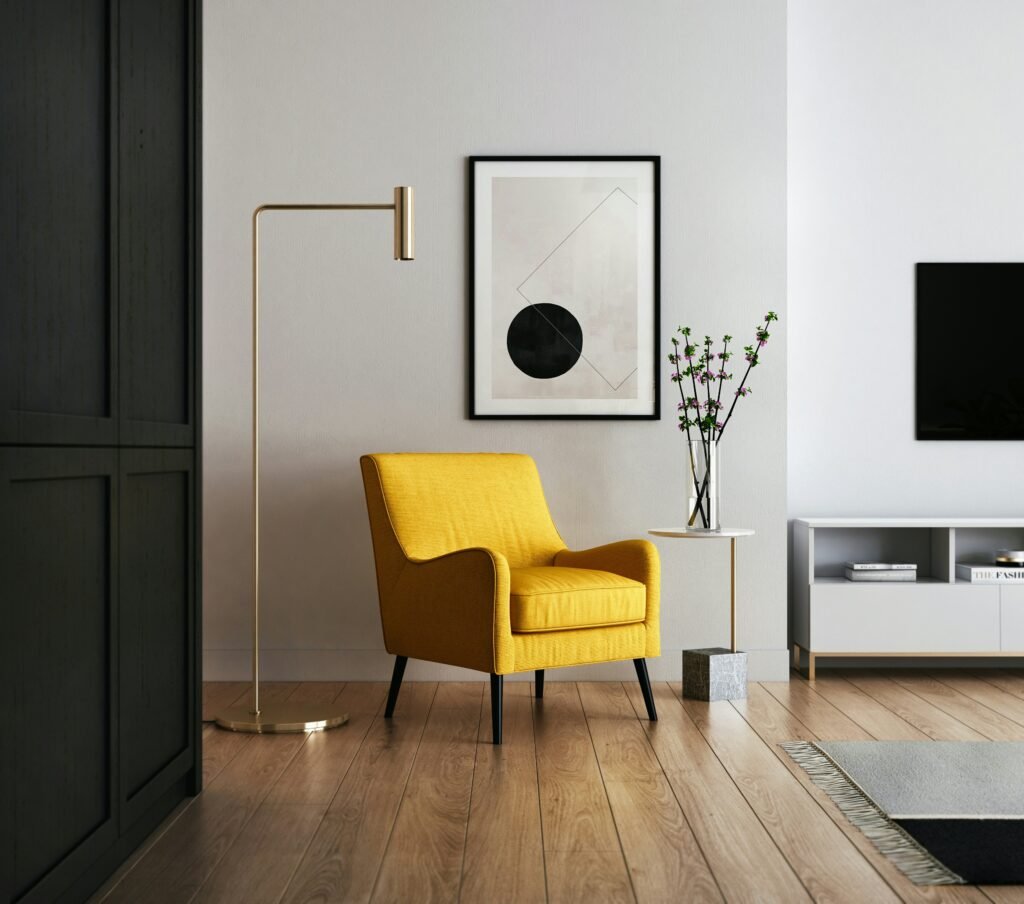Foundations of Elegance: Key Elements and Principles
Elegant home designs are built upon a foundation of core elements that consistently convey sophistication and timeless beauty. A crucial aspect of elegance is the seamless integration of balance and symmetry, which creates visually appealing spaces that are pleasing to the eye. This balance is achieved through the thoughtful arrangement of furniture, decor, and architectural elements, ensuring that every component complements the others to form a harmonious whole.
High-quality materials are indispensable in the pursuit of elegance. Natural stone, fine wood, and luxurious fabrics introduce an air of refinement and durability. For example, marble countertops in the kitchen, hardwood floors in living areas, and velvet or silk upholstery on furniture contribute to a sense of opulence and grandeur. These materials not only enhance the aesthetic appeal but also ensure longevity, thereby maintaining the timeless charm of the home.
A neutral color palette serves as the canvas for elegant home design, providing a tranquil backdrop that exudes sophistication. Shades of white, beige, gray, and taupe are ideal for achieving a serene and refined atmosphere. However, incorporating strategic pops of color through accessories like cushions, artwork, or rugs can add vibrancy and personality to the room without compromising its elegance. This careful balance of neutral tones and accent colors can significantly elevate the overall aesthetic.
Classic design principles such as proportion, scale, and harmony play a pivotal role in creating a cohesive and timeless look. Properly scaled furniture, appropriately sized artwork, and well-proportioned rooms ensure that each element feels intentional and well-placed. Architectural features such as crown molding, wainscoting, and coffered ceilings further enhance this elegance, adding intricate detail and historical character to the space.
Ultimately, the essence of elegant home design lies in the meticulous attention to detail and the harmonious combination of these foundational elements. By prioritizing balance, high-quality materials, a considered color palette, and enduring design principles, homeowners can cultivate spaces that are both beautiful and comfortable, standing the test of time.
Modern Elegance: Blending Tradition with Contemporary Touches
Creating a harmonious blend of traditional and contemporary elements in home design is an art that results in timeless beauty and comfort. This approach melds sleek lines and minimalist decor with classic architectural details, achieving a seamless fusion of old-world charm and modern simplicity. The process begins with identifying the elements of traditional design that can harmonize effortlessly with modern aesthetics.
For instance, incorporating moldings and wainscoting can preserve the historical essence of a space, while complementing these features with modern furnishings that boast clean lines and neutral palettes. Minimalist decor, characterized by its simplicity and functionality, can significantly enhance classic architectural details, allowing them to shine without overshadowing the contemporary vibe.
The integration of modern technology is another pivotal aspect of modern elegance. Smart home systems, including automated lighting and climate control, not only contribute to energy efficiency but also enhance comfort and convenience. Kitchens and bathrooms featuring energy-efficient appliances bring in a touch of modernity without compromising on the overall elegance of the home.
Thoughtful lighting design plays a crucial role in creating an elegant ambiance. Contemporary chandeliers can make a grand statement above a traditional dining table, while sconces with sleek designs can beautifully highlight vintage features like fireplaces or bookshelves. Additionally, under-cabinet lighting in kitchens or bathrooms can offer a practical yet refined touch, blending seamlessly with both modern and classic decor.
Artwork and statement pieces are the perfect mediums to reflect personal style and taste. Carefully curated art collections can serve as focal points that draw attention and add character to a room. Selecting pieces that resonate with both traditional and modern themes ensures that the space remains cohesive.
Balancing modern and traditional elements requires a mindful approach, ensuring that neither style overpowers the other. By maintaining a consistent color palette and repeating certain design motifs across different elements, one can achieve a cohesive look that exudes elegance and modernity throughout the home.
